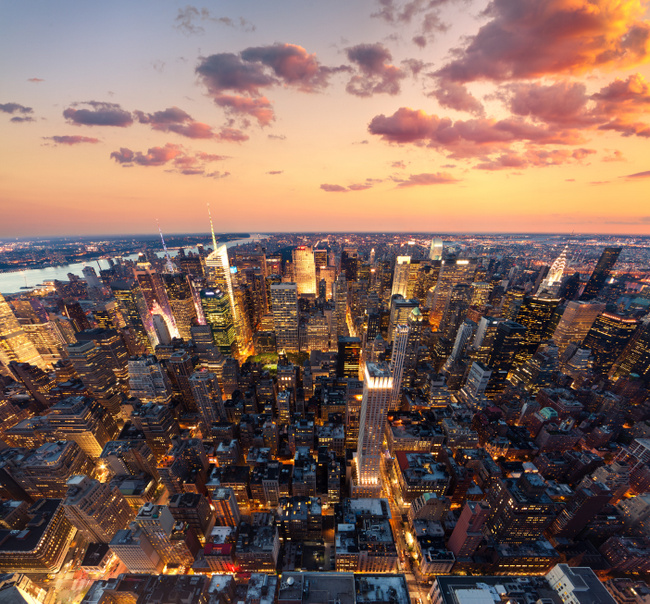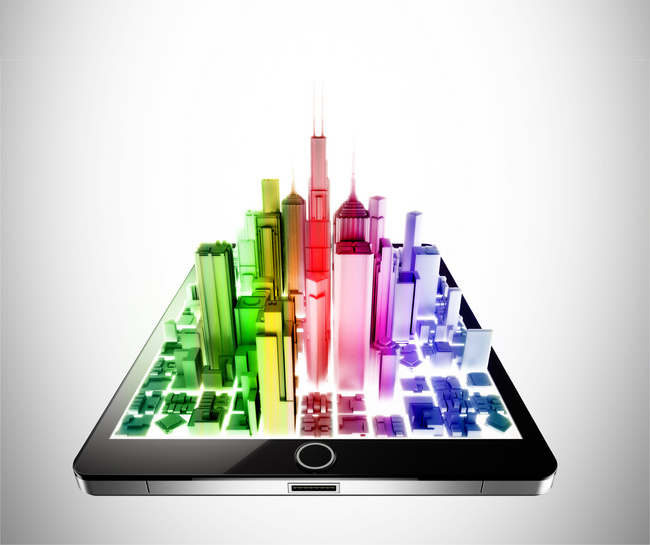Cities Getting Smarter
Cleaner, Greener, Leaner
The number of people living in urban areas is increasing at a rapid pace. Currently, about 54 percent of the world’s population live in cities and use about two-thirds of the world’s energy and the majority of other resources. By 2025, 34 cities worldwide will have a population of greater than 10 million people, and […]

